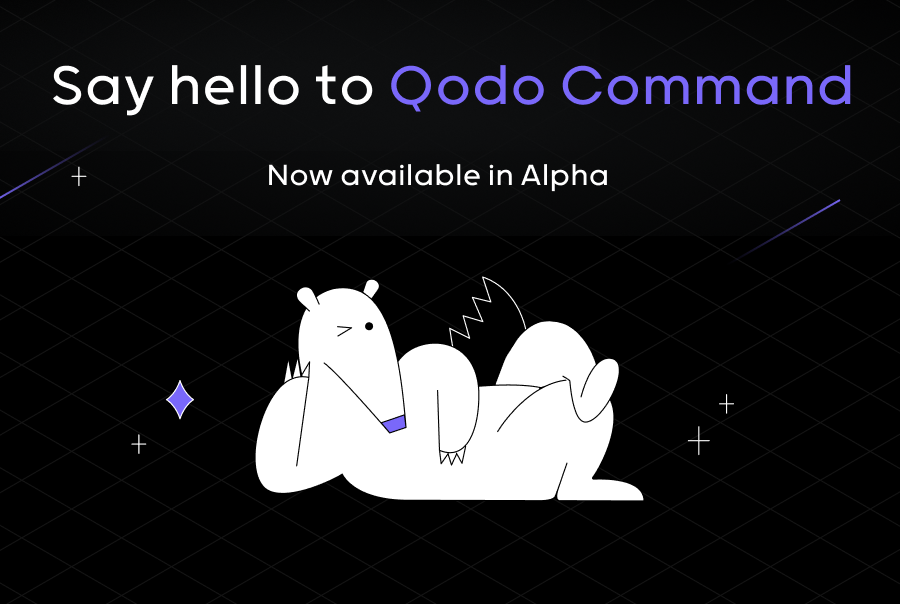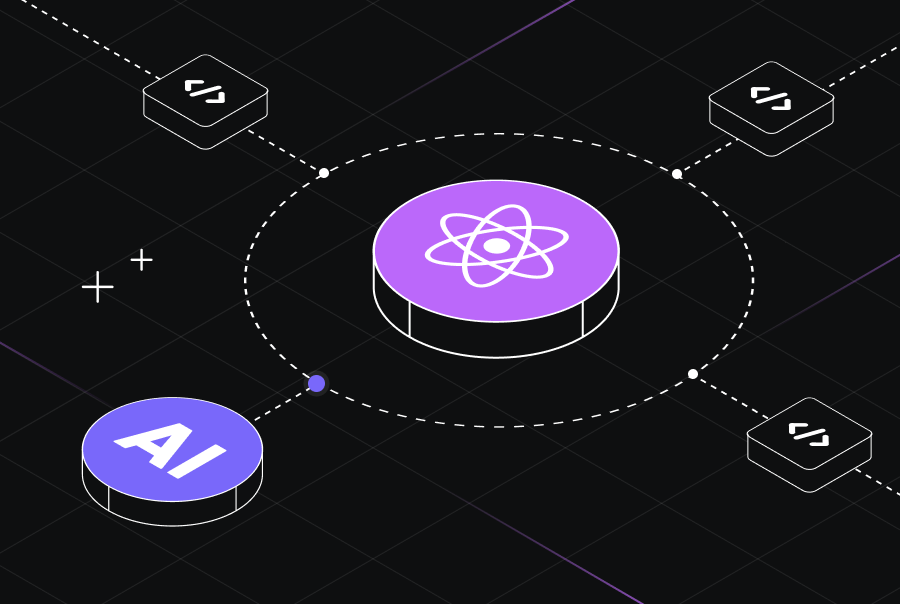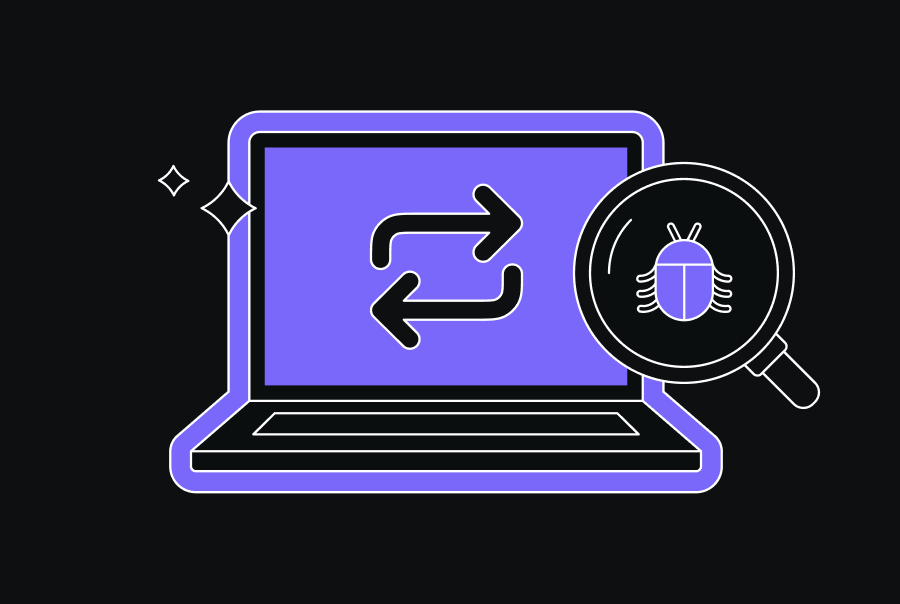The Generative AI Solution to the Developer Shortage
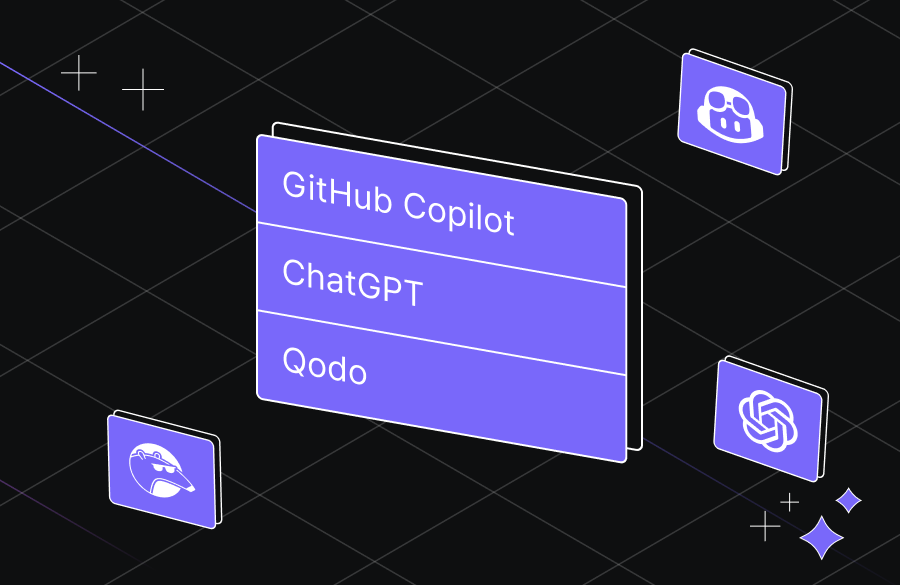

I don’t think that many would believe there is not a software engineer shortage in the industry. In fact, this shortage is not just a problem in a single country but one that is faced by many companies all around the world. Because of this, deliverables are piling up in companies as there aren’t enough talented developers available to finish the work in the given time period.
However, with the rise of generative AI, many companies are able to adopt AI coders to help with the current development workflow. These tools can code alongside developers and contribute to overall development.
So, let’s take a look at how generative AI can exactly help fill this shortage of developers.
Is There a Developer Shortage?
If you browse the internet, you’ll come across various jobs posted on platforms like LinkedIn:
Like this one, there are plenty more available from all over the world. Not only that but there’s a high need for software developers in the Middle East, especially in countries where digitization is ongoing. They’re looking for talent that can help revolutionize their IT infrastructure, and they’re willing to hire from all around the world to fill this need.
However, the lack of talented developers in the industry pushes back so many companies. This is mainly in terms of:
- Project timelines: With the lack of talented developers, the project then drags and delays the overall timeline.
- Project costs: Teams may need to invest more than planned as time drags.
- Innovation: With fewer people, there’s less chance of finding new ideas. So, there’s a bottleneck when it comes to innovation.
So, as you can see, this is a serious problem. If it’s not resolved, it can negatively impact any product, company, or industry.
What is Generative AI?
This is where generative AI comes into the picture. Although GenAI has been around for a few years now, no one was able to harness its full potential until tools like ChatGPT, GitHub CoPilot, and Qodo came into play.
With these latest Gen AI tools, you can just give a prompt and get anything you need done for you. For example, you can give a caption and, in return, have an image generated for you like below:

Generative AI Tools for the Developer Shortage
To relate these tools more to the developer shortage, let’s see how they can help improve the development process.
1. ChatGPT
ChatGPT is an application developed by OpenAI. It uses the GPT generative AI model to help with its functionality. Using ChatGPT is simple. All you have to do is talk like you normally would.
For instance, by using ChatGPT, you can speed up your everyday coding tasks, like getting a boilerplate done for your application:

Within a few seconds, it will give you all the steps you need to follow to create the boilerplate.
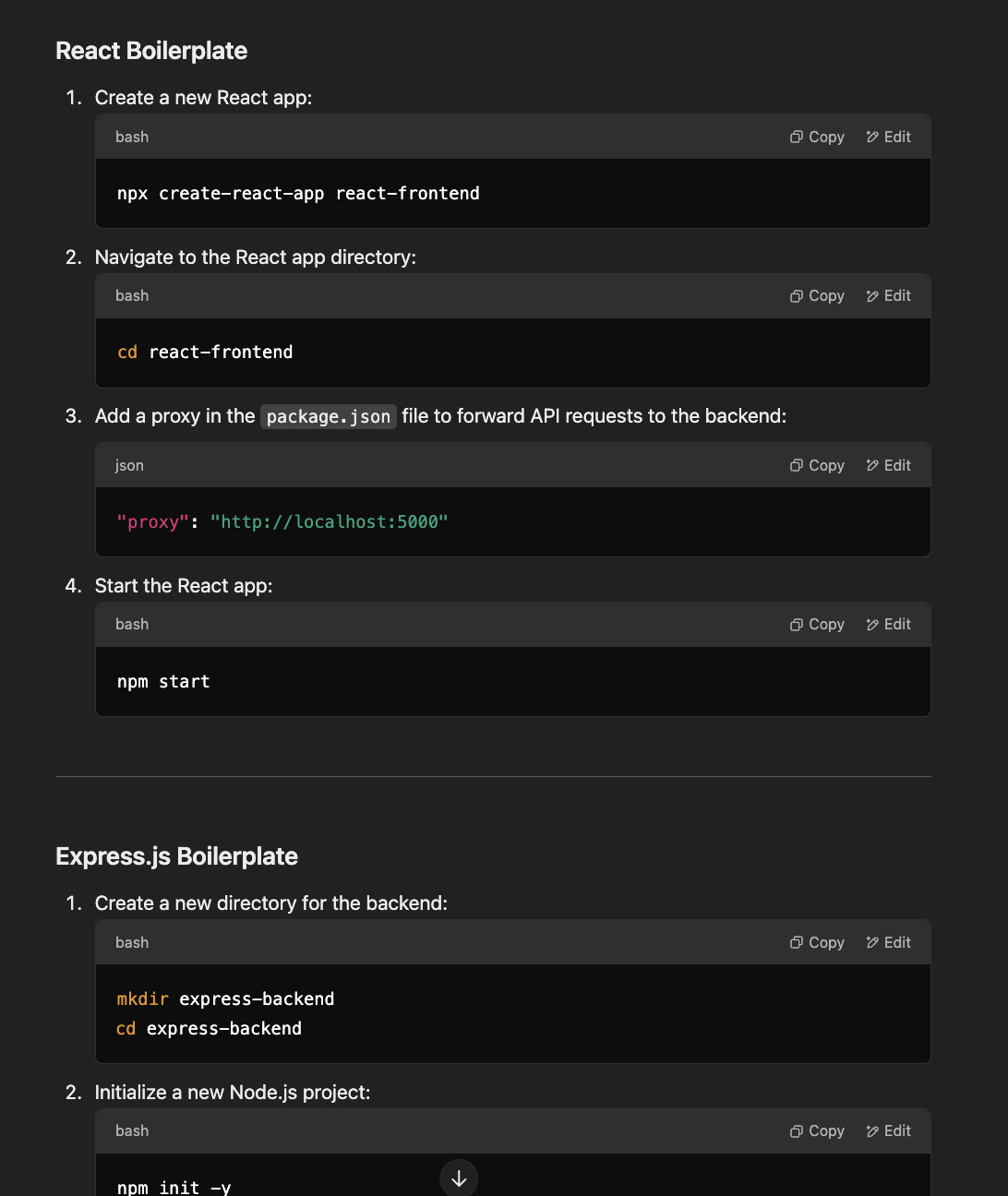
The best part about ChatGPT is that it remembers the context. For instance, if you ask, “Share this to GitHub,” it will know what you’re talking about and will direct you to add this boilerplate to GitHub. Check this out:
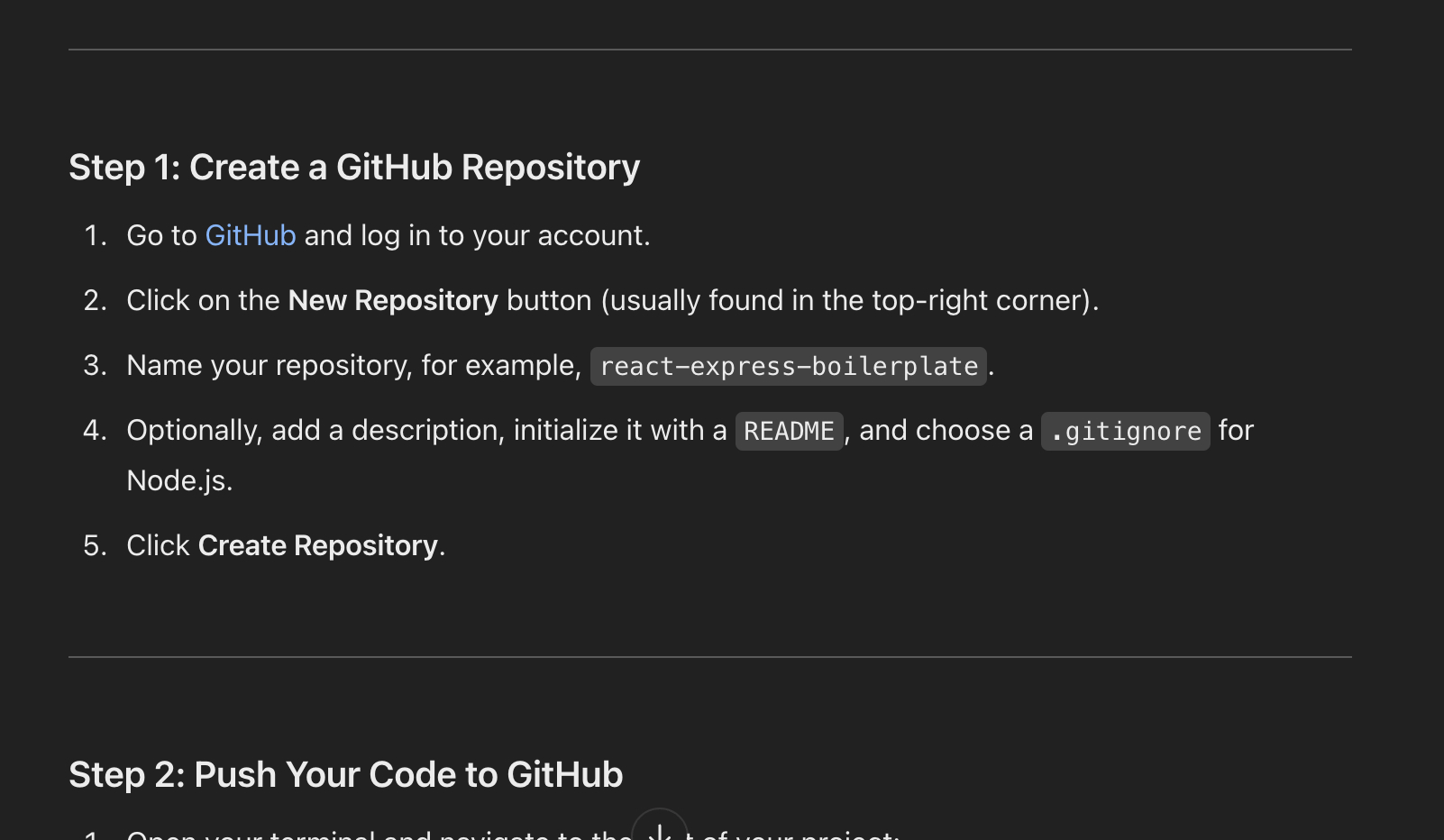
2. GitHub CoPilot
GitHub CoPilot is a tool created by Microsoft that runs in IDEs. It’s not something that can generate code on its own but rather needs the context from the developer using it to help guide them.
For instance, when you start writing your code, GitHub Copilot will give you suggestions and possible ways to complete it. In a nutshell, it does the complex thinking for you and lays out the path, and you’re free to determine if you want to build on top of Copilot.
But that’s not all. If you’re using IDEs like Visual Studio Code, GitHub Copilot has a seamless integration with your codebase. You’re able to launch chats right from your IDE and make sure that Copilot is aware of your code before chatting with it:
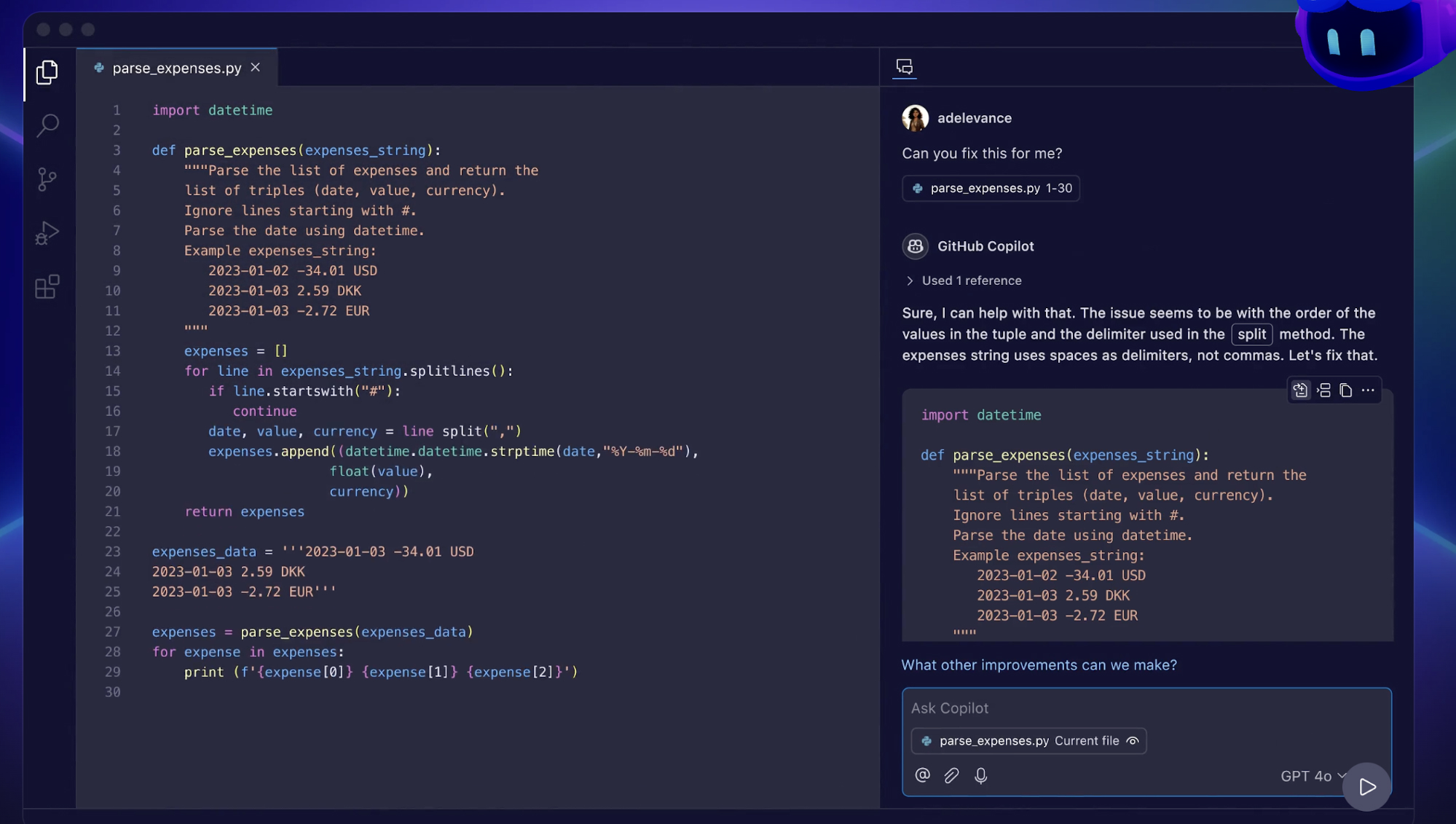
If you’re interested in learning more, check this out.
3. Qodo
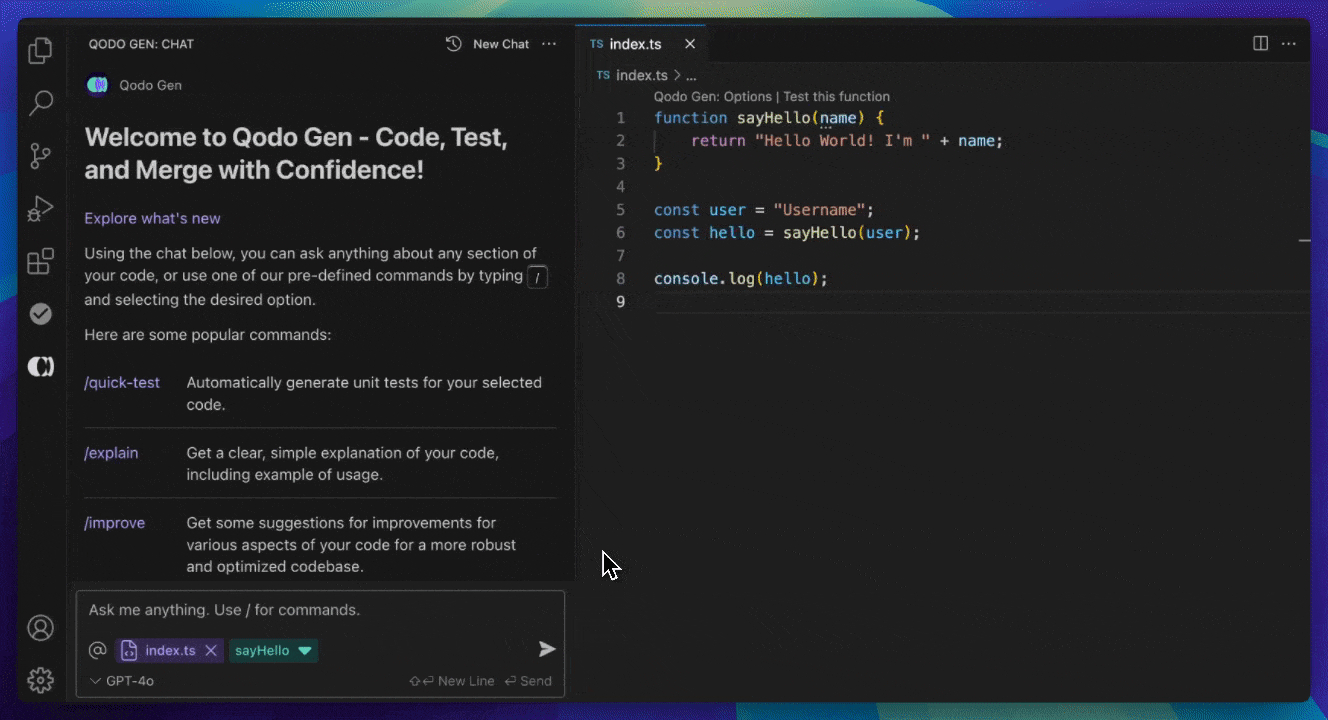
Qodo takes this even further and provides a full software development workflow, including:
- Software development
- Software testing
- Code reviewing
So, if you’re working in a team that doesn’t have the optimal number of developers, all you have to do is integrate Qodo into your workflow. With its advanced AI capabilities, it’s able to:
- Generate maintainable, high-quality, context-aware code.
- Generate test cases and even build complete test suites.
- Generate thorough descriptions and review PRs.
- Highlight issues and get code suggestions.
- Document code changes.
How does Generative AI Address the Developer Shortage?
By adopting such AI tools, you can seamlessly address the developer shortage. In fact, here are four ways in which GenAI addresses developer shortage:
1. Enhanced Productivity
Generative AI tools significantly boost the productivity of developers by automating repetitive and time-consuming tasks. For instance, instead of manually writing boilerplate code, developers can generate it instantly with AI.
This allows teams to focus their energy on more critical and complex aspects of a project, such as architectural design or debugging. Moreover, AI-driven tools like GitHub Copilot can provide real-time suggestions, improving coding efficiency and reducing errors.
By streamlining workflows, generative AI enables companies to achieve more with fewer resources, effectively alleviating the strain caused by the developer shortage.
2. Onboarding Assistance
One of the most time-intensive challenges for companies is onboarding new developers.
Generative AI simplifies this process by acting as a virtual mentor. New hires can quickly familiarize themselves with a codebase by querying AI tools for explanations, documentation, or code snippets. This accelerates their understanding of project requirements and reduces their dependency on senior developers for guidance.
AI tools also provide contextual support, ensuring that new team members can become productive contributors much faster, thus minimizing the disruption caused by a shortage of experienced personnel.
3. Bridging Skill Gaps
Generative AI serves as an invaluable resource for less experienced developers, helping them bridge skill gaps without requiring constant supervision. These tools offer step-by-step guidance, suggest best practices, and even highlight potential errors in real time.
For instance, AI tools can provide optimized solutions to coding problems or recommend libraries and frameworks suitable for specific tasks. This empowers junior developers to work more confidently and efficiently, ultimately reducing the need for additional team members to fill expertise gaps.
4. 24/7 Availability
Unlike human developers, generative AI tools are available around the clock. This ensures that progress can continue even outside regular working hours, making it particularly beneficial for global teams operating across multiple time zones.
Whether it’s generating code, reviewing pull requests, or answering technical queries, AI can maintain productivity at all times. This 24/7 availability not only accelerates project timelines but also ensures that critical issues can be addressed promptly, further mitigating the impact of developer shortages.
Challenges and Limitations of Generative AI
While having an AI assistant is usually beneficial, there are certain drawbacks and limitations that you should know about before adopting it into your workforce. For instance:
GenAI needs a developer
Even though it looks like an AI model is self-sufficient, it’s not. There needs to be someone to monitor its actions and guide it in the right direction. So, you would still need to invest in someone to oversee what your AI does.
GenAI is not 100% reliable
Even though it looks like an AI model is self-sufficient, it’s not. There needs to be someone to monitor its actions and guide it in the right direction. So, you would still need to invest in someone to oversee what your AI does.
Concluding thoughts
So, there are two sides to it. While GenAI does help solve the problem of a lack of developers in the industry, it still can’t fully function on its own. If you’re looking to integrate GenAI into your workforce, you’d need to invest in someone to oversee its actions to ensure that the work is done properly.
But, in the years to come, GenAI will get better, and it will be self-sufficient.
FAQs
Do AI solutions replace or enhance existing developer roles?
AI solutions improve existing developer roles by serving as virtual assistants that streamline workflows.
They handle repetitive tasks, offer coding suggestions, and provide contextual guidance, enabling developers to focus on critical, high-value aspects of projects. By augmenting human capabilities, AI empowers teams to be more efficient without eliminating the need for skilled developers.
Will generative AI reduce errors and boost project speed?
GenAI significantly reduces errors and accelerates project timelines by automating complex or repetitive tasks. Tools like GitHub CoPilot provide real-time code suggestions and highlight potential issues early in the development process.
By optimizing workflows and minimizing human error, generative AI allows teams to deliver projects faster and with higher accuracy.
How quickly can teams adopt generative AI for development?
Teams can adopt generative AI rapidly, as most tools are designed for easy integration into existing workflows.
Platforms like ChatGPT, GitHub CoPilot, and Qodo offer seamless setups with minimal training required. With simple interfaces and comprehensive documentation, developers can start leveraging generative AI tools within days, achieving immediate productivity gains.

